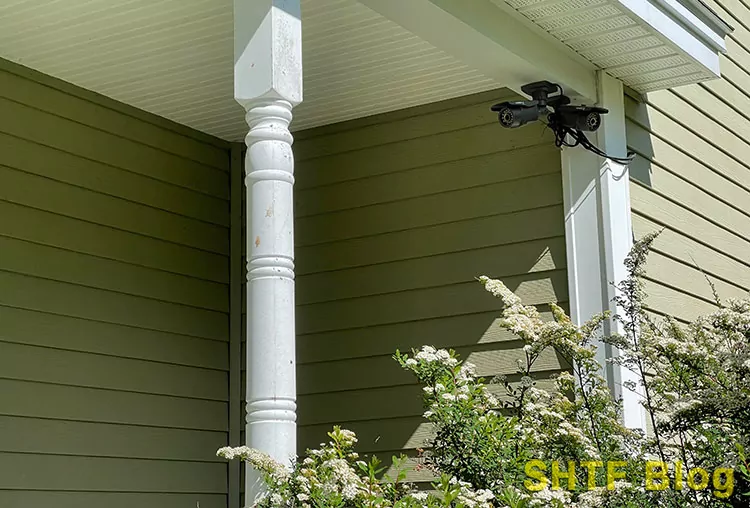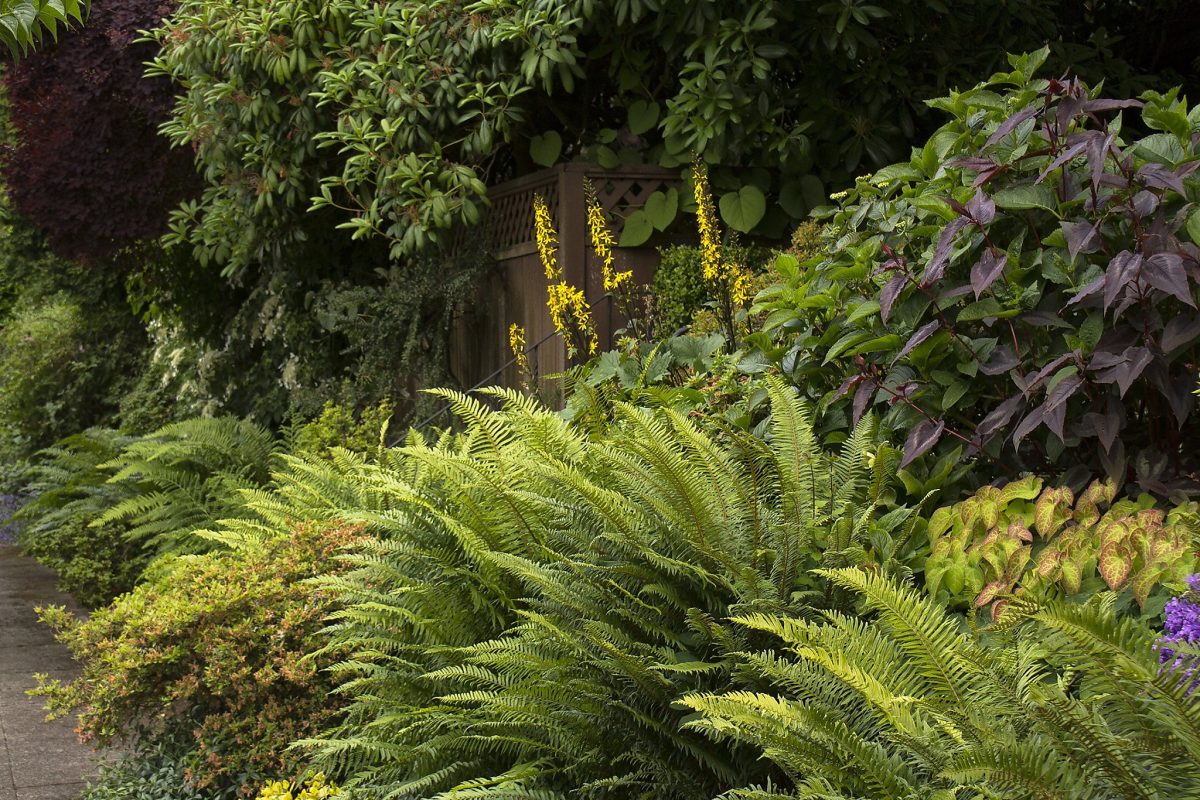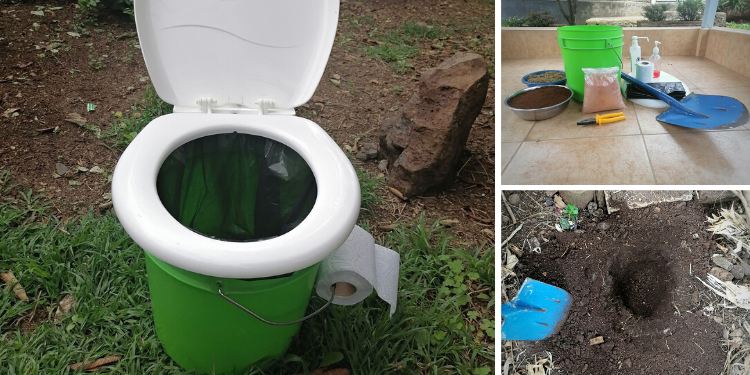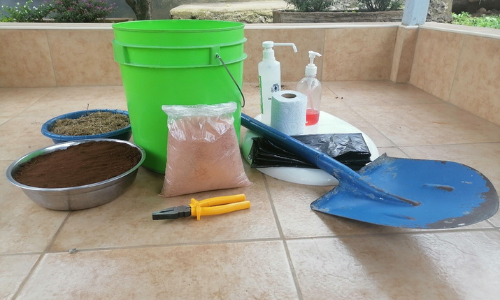
Arizona preppers face a myriad of challenges living in their state. There are ways to mitigate the challenges if you plan ahead, however. This article should help preppers living in the state to think about their personal preparedness strategy and create a SHTF plan that can meet their needs.
NOTE: Do you live in Arizona? You know your state, so let us know in the comments section how this article can be improved. What did we miss? What did we get right?
Arizona Overview – Prepper’s Perspective
Arizona is also known as the “Grand Canyon State” or the “Copper State.” Names owing to the world-famous geological feature which attracted 6 million visitors in 2019, and to the state’s abundance of copper as a natural resource, which accounts for 66% of the nation’s copper production. With many recreational and vocational opportunities, Arizona is an attractive option for those that want to live a self-sufficient lifestyle.
With 3928 mountain peaks, Arizona offers varied and spectacular terrain for sports and outdoors enthusiasts. Arizona is also home to several of the world’s “sky islands”, which are mountains surrounded by valleys that feature wide-ranging eco-systems and diverse animal and plant life. 85% of the state’s land comprises national forests, national parks, and wilderness areas. This allows for many bug out locations to be scouted while recreating in the Grand Canyon State.
The Aravaipa Canyon, Sonoran Desert, and Vermillion Cliffs are just a few places that have limitless opportunities for someone looking to escape a societal crisis. However, large swaths of unpopulated land also bring about higher probabilities of fires developing before they can be detected and controlled.
It’s the 6th largest state in the US and the 14th most populous. Which, bodes well for the prepper. Just barely in the top third in terms of population, but is one of the largest states that presents a degree of safety from the ills brought about by a high population density. It does demand certain attention to be paid to personal protection given the proximity to large population centers that may take a fancy to Arizona’s vacant land during the next disruption in society.
Climate
Arizona has temperate winters, with temperatures ranging from 40 to 75 °F. It would be the ideal state to raise crops, but the thing is, it hardly ever rains. Which explains perfectly why most of Arizona is desert or semi-desert. Arizona has brutally hot summers, with temperatures regularly exceeding 100 °F. The record average high of the state, 116 °F was set in 1950 with some places in the state getting as high as 124 °F.
However, be warned, that some areas in Arizona, around Flagstaff and Prescott, can get cold with temperatures falling below freezing in the winter months. The state’s lowest average temp was 66 °F. Combined with the high winds and lack of heating material, this can be a serious challenge if not planned…








 Are you going to use you hidden cameras in your home in an ethical way?
Are you going to use you hidden cameras in your home in an ethical way?  These cameras are visible to discourage would-be thieves. They are placed under a porch roof for weather protection.
These cameras are visible to discourage would-be thieves. They are placed under a porch roof for weather protection. 



